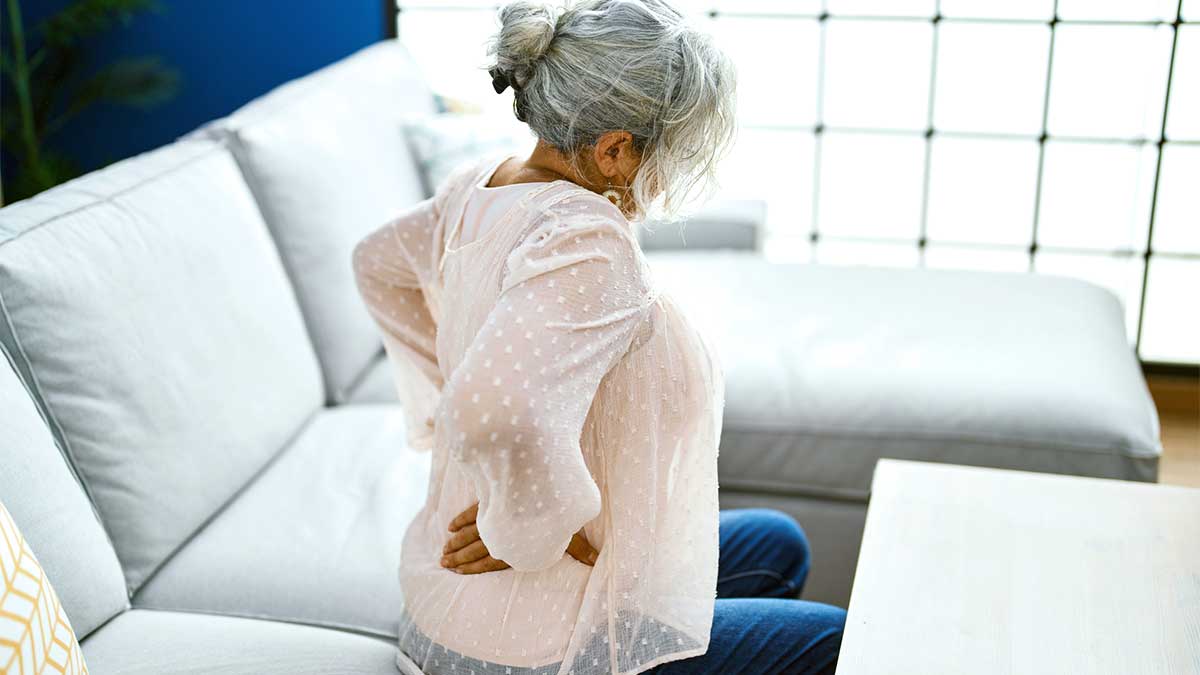Early Signs of Osteoporosis: Recognizing Subtle Indicators

Do you have signs of early osteoporosis?
- Receding gums. Receding gums are quite common and can be attributed to a variety of factors, one of which is bone loss.
- Decreased grip strength. As we grow older, one of the surest ways to keep the risk of fracture to a minimum is through fall prevention — and for that, good balance, overall muscle strength, and grip strength are fundamental.
- Cramps, muscle aches, and bone pain. As we get older, many of us accept aches and pains as a part of life, but these symptoms may indicate that your bones are in need of some support. Muscle and bone pain is an often overlooked, but well-documented symptom of severely inadequate vitamin D — an important bone builder.
- Height loss. Losing height is very common as we age and there are many precursors to it, including poor posture and vertebral fractures. Poor posture may not mean you have bone loss, but it can indicate weakening of the muscles around your spine, and since bone and muscle work in one unit and typically gain and lose strength in synchrony, it’s likely that a loss in muscle is connected to an eventual loss in bone.
- Lower overall fitness. Osteoporosis has been linked to overall decline in physical fitness, as measured by aerobic capacity, muscle strength, and even balance. If your general fitness declines, it is likely that bone mass will also decline.




